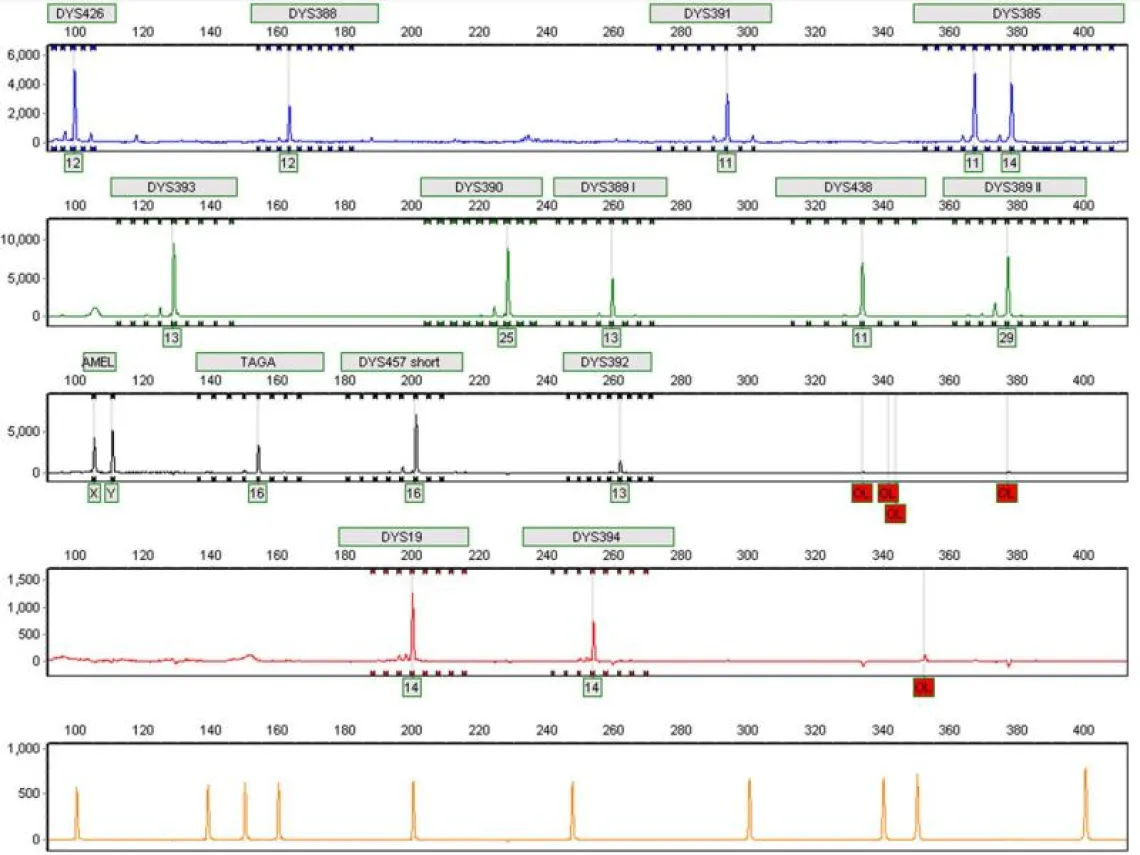What are Microsatellites?
Microsatellites or Short Tandem Repeats (STRs) are used as informative markers found in the genomes of most species. They are defined as tandem repeats of 2-10 base pair units and are often present as perfect or imperfect repeats. The number of repeats found in any given microsatellite region are sometimes highly variable, with as many as hundreds of copies of the repeat unit in each microsatellite. As a result of their highly polymorphic nature, microsatellites are informative molecular markers that can be applied to research in the fields of population genetics, medical genetics, forensic science, evolutionary biology, and plant breeding. Once potentially useful (i.e. polymorphic) microsatellites are found, PCR primers are constructed from the DNA sequences flanking the microsatellite regions. PCR-amplified microsatellite alleles can be detected using various methods including Fragment Analysis.
What are the advantages of PCR based Microsatellite Analysis?
- Suitable for small or degraded amounts of DNA due to small size of microsatellite loci
- PCR-based tests are rapid, results in 48 hours or less
- Easy to standardize and automate, results are very reproducible
- Microsatellite alleles have discrete sizes, allowing for simplified interpretation of results
- Multiplexed PCR or pooled reactions amplified with compatible labeled primers are scored with the ABI PRISM® 3730 DNA Analyzer

Y-Chromosome STR "multiplex" profile used for human genealogical testing at the Arizona Genetics Core; viewed using GeneMarker 1.85software (by SoftGenetics LLC)
